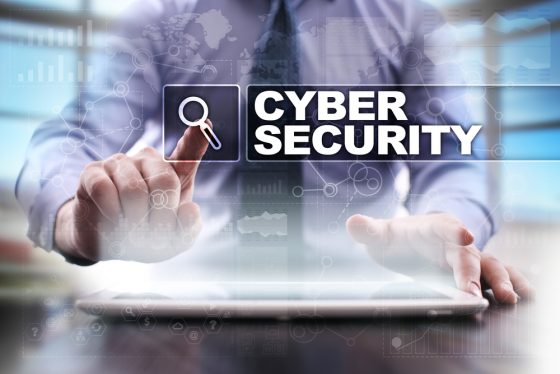In the interconnected digital landscape of the 21st century, the term “hacking” carries a dual connotation. On one hand, it represents the malicious exploitation of computer systems, networks, and data for nefarious purposes, while on the other, it embodies the proactive efforts of cybersecurity professionals working tirelessly to defend against these threats. This article seeks to shed light on both aspects, offering insights into the world of hacking and the vital role played by cybersecurity in safeguarding our digital lives.
The Dark Side of Hacking:
Hacking, when used in the context of unauthorized access to computer systems, is a serious criminal activity with far-reaching consequences. Cybercriminals leverage various techniques to infiltrate networks, compromise data, and exploit vulnerabilities for financial gain or to advance ideological agendas.
- Social Engineering:
One of the most common methods employed by hackers is social engineering, a psychological manipulation technique that exploits human behavior to gain access to confidential information. Phishing, pretexting, and baiting are examples of social engineering attacks. - Malware Attacks:
Malicious software, or malware, is a potent tool in the hands of hackers. Viruses, worms, trojans, and ransomware are deployed to infect systems, steal information, or extort money from victims. - Exploiting Software Vulnerabilities:
Hackers often target weaknesses in software to gain unauthorized access. Failing to update operating systems and applications can leave systems exposed to exploitation. - Denial-of-Service (DoS) Attacks:
DoS attacks aim to overwhelm a system or network with a flood of traffic, rendering it unusable. This disrupts services and can have severe consequences for businesses and organizations.
The Bright Side: Cybersecurity’s Role:
In response to the growing threat landscape, the field of cybersecurity has emerged as a critical force for defending against hacking and mitigating the risks associated with digital technologies. Here are key aspects of cybersecurity:
- Ethical Hacking:
Ethical hackers, often known as “white hat” hackers, play a pivotal role in identifying vulnerabilities before malicious actors can exploit them. These professionals use their skills to test and strengthen security measures. - Security Measures:
Robust cybersecurity involves implementing a range of security measures, including firewalls, intrusion detection systems, and encryption protocols. These measures are designed to thwart unauthorized access and protect sensitive data. - Education and Training:
Cybersecurity awareness and training programs are essential for individuals and organizations. Educated users are less likely to fall victim to social engineering attacks, contributing to an overall improvement in digital security. - Incident Response:
Cybersecurity teams develop and implement incident response plans to address security breaches promptly. This includes identifying the extent of the breach, containing the damage, and restoring systems to normal operation. - Regulatory Compliance:
Many industries are subject to regulations that mandate specific cybersecurity standards. Adhering to these standards not only protects sensitive data but also ensures compliance with legal requirements.
The Future of Hacking and Cybersecurity:

As technology continues to advance, so too do the strategies employed by hackers. Artificial intelligence, machine learning, and the Internet of Things (IoT) introduce new challenges and opportunities for both malicious actors and cybersecurity professionals.
- AI in Cybersecurity:
The integration of artificial intelligence in cybersecurity is a double-edged sword. While AI can enhance threat detection and response capabilities, it can also be exploited by hackers to create more sophisticated attacks. - IoT Security Challenges:
The proliferation of IoT devices presents a unique set of security challenges. Ensuring the security of interconnected devices is crucial to prevent them from becoming entry points for cyber threats. - International Cooperation:
Cybersecurity is a global concern, and international cooperation is essential. Governments, businesses, and individuals must collaborate to share threat intelligence and develop strategies to combat cybercrime.
In conclusion, the world of hacking is a complex and evolving landscape that encompasses both malicious activities and the necessary defenses against them. As society becomes more digitally dependent, the importance of robust cybersecurity measures cannot be overstated. Whether it’s protecting personal information, securing business operations, or defending critical infrastructure, the efforts of ethical hackers and cybersecurity professionals are integral to maintaining a secure and resilient digital environment. As we navigate the challenges of the digital age, a collective commitment to cybersecurity is paramount to ensure a safer and more secure future for all.






